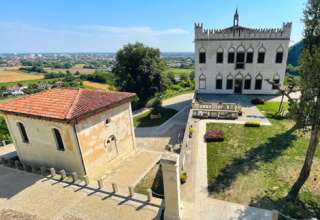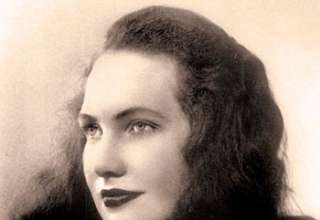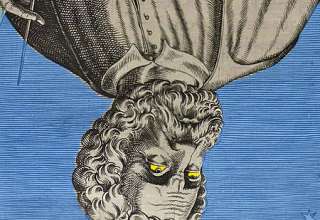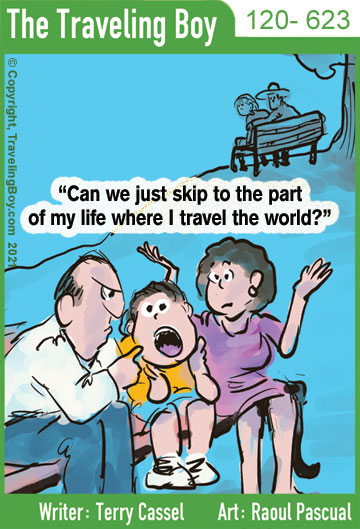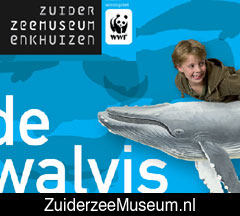Unwind With These Free, Museum-Led Meditation and Mindfulness Sessions
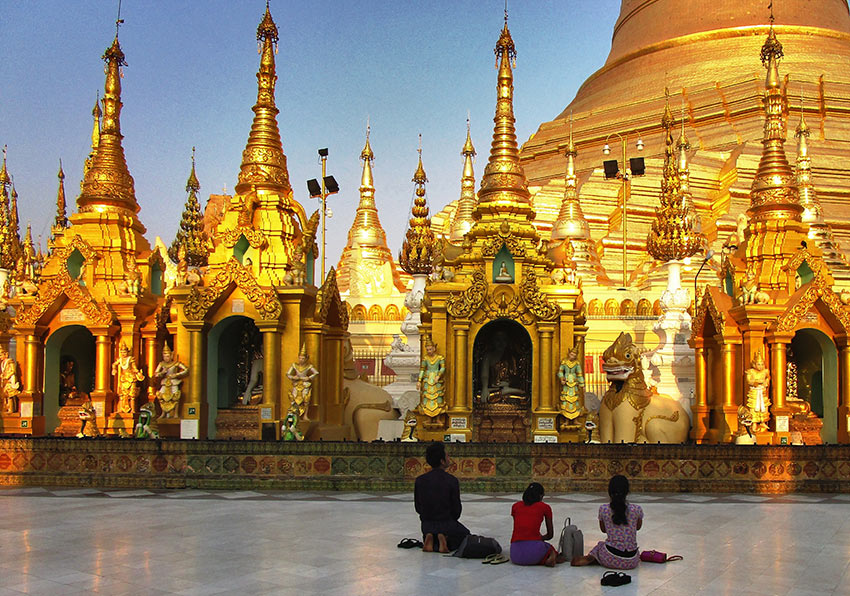
After weeks—or months—of sheltering in place, many stuck inside are feeling decidedly devoid of inner peace. Luckily, thanks to an array of online offerings announced by shuttered cultural institutions, options for unwinding abound. Among the most relaxing experiences available: meditation and mindfulness sessions led by the Rubin Museum of Art in New York City and the Smithsonian Institution’s National Museum of Asian Art in Washington, D.C.
Per the Rubin’s website, the Manhattan museum’s “Daily Offering” video series is inspired by its collection of Himalayan art and artifacts. Featuring ten-minute reflections, guided meditations and musical offerings, the sessions aim to help participants “achieve greater balance at a moment of considerable upheaval.”
The Rubin posts new episodes on its Instagram account and website each day it would ordinarily be open to the public (Thursday through Monday). Sessions feature wellness tips from anthropologist and Tibetan medical doctor Tawni Tidwell, guided meditations led by teachers Sharon Salzberg and Kate Johnson, commentary by philosopher Tenzin Priyadarshi, and performances by musicians from the Brooklyn Raga Massive collective, among others.
The National Museum of Asian Art, meanwhile, is hosting 30-minute online workshops on meditation and mindfulness, in addition to highlighting a wide array of online tours, podcasts and virtual exhibitions. Held Monday, Tuesday, Thursday and Friday from 12:15 to 12:45 p.m. Eastern time, the free Zoom classes are “appropriate for all levels of practitioners.” Per the museum’s website, sessions strive to help participants “build a relationship to a place of inner quietude.”
If these shorter practices whet your appetite for uninterrupted hours of contemplation, consider visiting virtual versions of the Tibetan Buddhist Shrine Rooms housed at the Rubin and the National Museum of Asian Art. Accompanied by traditional Buddhist chanting, the interactive experiences feature 360-degree views of the sumptuous real-life spaces, as well as annotated artifact histories.
The Rubin’s “Daily Offerings” begin with a curator walking viewers through calming, focused analysis and observation of one of the more than 3,800 objects in the museum’s collection. The offerings then shift into a mindfulness practice led by teachers, artists or musicians.
Below, find a selection of highlights from the daily video series.
“Take One Breath”
As Katie White reports for artnet News, the museum’s first episode centers on Tara, the most important female figure in Buddhism. Dawn Eshelman, the Rubin’s head of programs, introduces viewers to the deity, who attained enlightenment but decided to stay on Earth in hopes of helping others free themselves from suffering. Salzberg, speaking in voiceover as the video frames a 13th-century sculpture of Tara, then leads a grounding meditation that urges viewers to remember to breathe.
“Tibetan Medicine”
Tawni Tidwell is a biocultural anthropologist trained in Tibetan medicine. According to the museum’s website, she is the “the first Westerner to have formally completed her Tibetan medical education in a Tibetan institution alongside Tibetan peers.” This episode finds Tidwell focusing on a deceptively simple wellness practice: drinking hot water. In addition to promoting healthy digestion, she says, viewers may simply enjoy the calming practice of inhaling some steam.
“Embracing Listening”
In this episode, the museum’s chief experience officer, Jamie Lawyer, introduces a painting of Milarepa, a famous Tibetan poet and yogi. Johnson then leads a meditation inspired by Milarepa’s pose in the painting: a cupped ear ready to listen. The meditation seeks to help viewers deepen and expand their ability to listen, encouraging them to make themselves available to those in need of a compassionate ear.
Digging Into the Past to Find Optimism for the Future
By Cat Kutz
Dr. Nick Pyenson is the curator of fossil marine mammals at the Smithsonian Institution’s National Museum of Natural History in Washington, DC. His expeditions have taken him to every continent studying the evolution and ecology of marine mammals. Along with his collaborators, he has named over a dozen new fossil species, discovered the richest fossil whale graveyard on the planet, and described an entirely new sensory organ in living whales. Ahead of the Earth Optimism Digital Summit, during which Pyenson will hold a Deep Dive on science diplomacy, Earth Optimism communications lead Cat Kutz asks him how he finds optimism while digging into the Earth’s past.
How does looking into our planet’s past inspire hope for the future?
We know that story of what will happen in the coming decades and centuries — changes in temperature, ocean acidity, sea level — is written in the geologic past. Past Earths have seen the kind of changes we’re about to experience. What’s different about where we’re going has to do with the rate of these changes (all happening within human lifetimes) and the biodiversity at hand (it includes us, and we depend on it). In that light, we need to have a solid understanding of how life on this planet has responded to past changes, and that’s a challenge when the fossil record is incomplete and not entirely known. I’m inspired by that challenge, because I see the answers coming out of a mix of good work: in labs, in museum collections, and also out in the field. There’s never been a time when natural history museums have been more important.
What role do you think Earth Optimism has to play during the current global circumstance?
The current pandemic disruption in many ways brings to our doorsteps problems that have been building for many decades: the fragmentation of ecosystems, the consequences of urbanization without foresight, and the need to integrate science as part of international action and policy. I’m hopeful because I think our current crisis communicates the urgency for real solutions in a way that the looming problems of climate haven’t; glacial melt and sea level change seems farther removed from our field of concern than respiratory distress from a virus. Urgency can focus our attention on tools at hand to creatively build out of this crisis and focus on the bigger structural issues that bear on the long term: socioeconomic inequality, climate solutions, and strong international institutions.
Do you have a favorite conservation success story?
My expertise is with marine mammals, and they’ve long been the target of systematic hunts, which in some cases have killed millions of animals. Those changes likely had widespread ecological effects to the oceans that we barely understand. The good news is that effective policies (such as the US Marine Mammal Protection Act in 1972) have mitigated those losses and guided the rehabilitation of some of the most devastated species, including some of the largest whales. Today, those survivors — such as right whales and gray whales — have rebounded in numbers, but still contend with the challenges of living alongside us in noisy and messy urban oceans. We need to implement more smart policies, and I think we will start seeing that again in the US.
What are you looking forward to during the now digital Earth Optimism Summit?
I’m helping to organize and moderate a Deep Dive on the future of science diplomacy, something I think is right inline with our broader needs to see science play a role in foreign policy and international affairs. Aside from that, I’m really excited to see younger and more diverse voices participate in the social media conversations about the Summit. They’re future voters, leaders, and teachers.
Cat Kutz is the communications lead for the Smithsonian’s Earth Optimism initiative.
